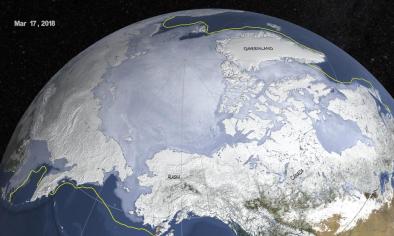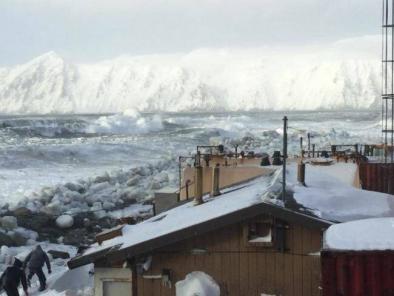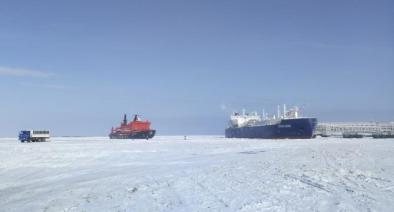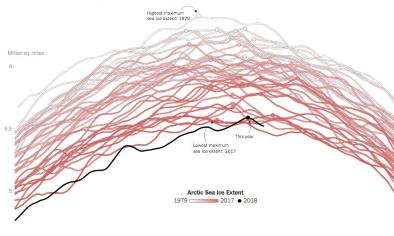February 2018 heatwave across the Far North
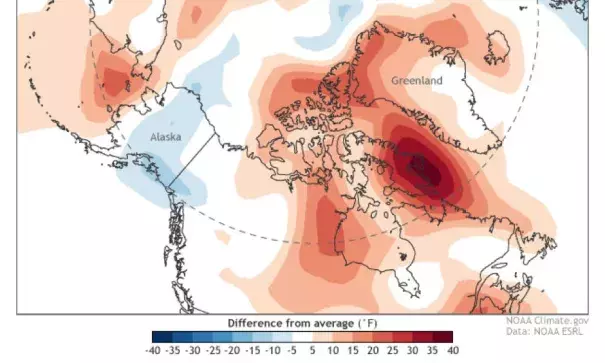
Sea ice melts in the spring and summer, and grows in the autumn and winter. Arctic sea ice typically reaches its maximum extent sometime between late February and early April, and since the start of the twenty-first century, those winter maximums have declined. Although Arctic sea ice in 2018 hasn’t broken all previous records for its low wintertime extent, it is still trending well below the 1981–2010 average. But as researchers watched Arctic sea ice in early 2018, they marveled at the high air temperatures over parts of the Arctic. In late February 2018, at Cape Morris Jesup, Greenland, the weather station closest to the North Pole (maintained by the Danish Meteorological Institute), temperatures climbed 45°F above normal for that time of year.
Dramatic temperature anomalies can strike anywhere on Earth in any season, but 2018 was the third year in a row to bring anomalously warm temperatures over the Arctic Ocean. At the Cape Morris Jesup weather station, temperatures were above freezing for a total of 61 hours in the month of February, and remained above freezing for almost 24 hours. At their highest, they rose to 43°F. That's still fairly chilly, but to put this temperature spike in perspective, imagine the city where you live. At the end of February, the normal daytime maximum temperature in Washington, D.C.; Denver, Colorado; Boise, Idaho; and Louisville, Kentucky is roughly 50°F. Imagine all those cities sweating through a 95°F daytime maximum before March. Now imagine Miami at 124°F at the same time of year.
Related Content
